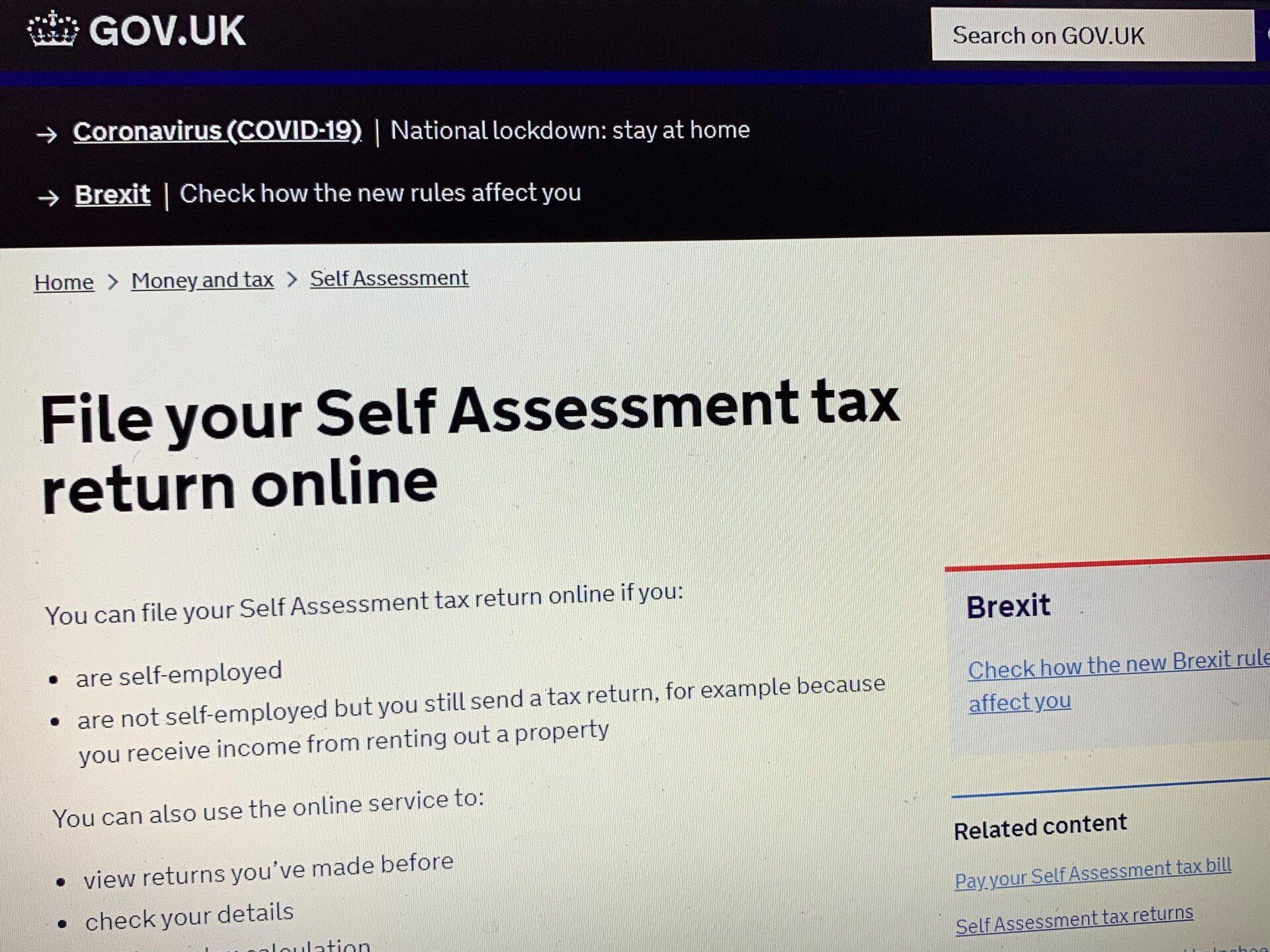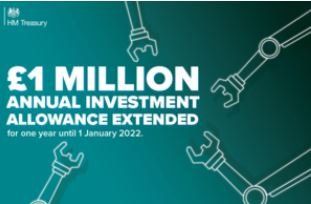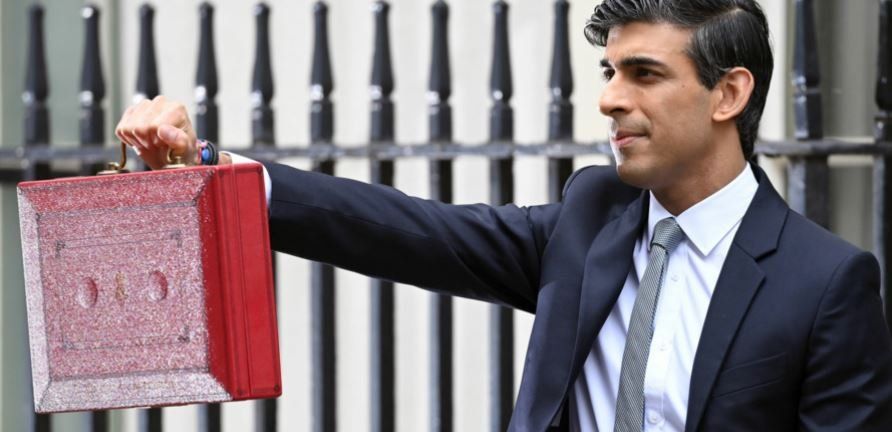Making the most of the Annual Investment Allowance
Capital allowances are a form of tax relief that are designed to encourage investment in assets which lead to economic growth. Usually the allowances are given over the perceived life cycle of the asset in the form of writing down allowances (WDA's). The Annual Investment Allowance (AIA) accelerates the way in which allowances can be used and in many cases allows the entire cost of the asset to be offset in the year of purchase.
The AIA was introduced in 2008 and has seen many alterations to the levels of expenditure covered by the allowance. The level is often increased or decreased by the government in order to stimulate economic activity.
The Annual Investment Allowance is available to sole traders, partnerships (provided partners are individuals) and companies.
In July 2015, the Government announced that the level going forward would be set permanently at £200,000 for qualifying expenditure on or after 1st January 2016.
A temporary increase
From the 1st January 2019 the AIA was temporary uplifted to £1,000,000 and will fall back to £200,000 on the 31st December 2021.
According to HMRC's website, the policy measure is designed to stimulate business investment in the economy by providing an increased incentive for businesses to invest in plant or machinery.
This temporary increase will also help offset the effects of the withdrawal of Enhanced Capital Allowances, which will no longer be available from April 2020, and the reduction in WDA's on Special Rate Pool expenditure (Integral Features) from 8% p.a. to 6% p.a. which took effect from April 2019.
Interaction with commercial property
When you purchase, build or refurbish a commercial property there will always be an element of the property that will qualify as plant and machinery. This could be large value assets such as a heating or air conditioning system and even smaller items such as door handles.
By utilising the Annual Investment Allowance, any tax relief on assets that can be identified as plant and machinery or fixtures can be accelerated up to the current AIA maximum.
Therefore, assuming an apportionment of 20% of a properties purchase or construction price to fixtures, costs as high as £5m could see all of the allowances available to be offset against profit or income in the year of expenditure.
Example of a recent claim
A corporate client acquired a mixed use property from a developer for £1m plus costs. We identified £133,267 of allowances which comprised £68,024 of Integral Features (IF) and £65,243 of General Pool Plant and Machinery (P&M).
Utilising the AIA, as a corporate client our client was able to generate a first year tax saving of £26,653. Had the AIA not been used, the first year tax saving would have been £3,265.
AIA - an important relief
Making sure that the annual investment is maximised for qualifying expenditure is an important piece of planning. This is especially true when dealing with Integral Features where the writing down allowance is now set at 6% p.a. on a reducing balance.
Utilising the AIA in conjunction with expenditure on commercial property can save tens if not hundreds of thousands of pounds in the qualifying financial period.










